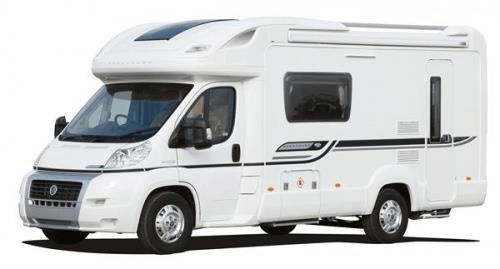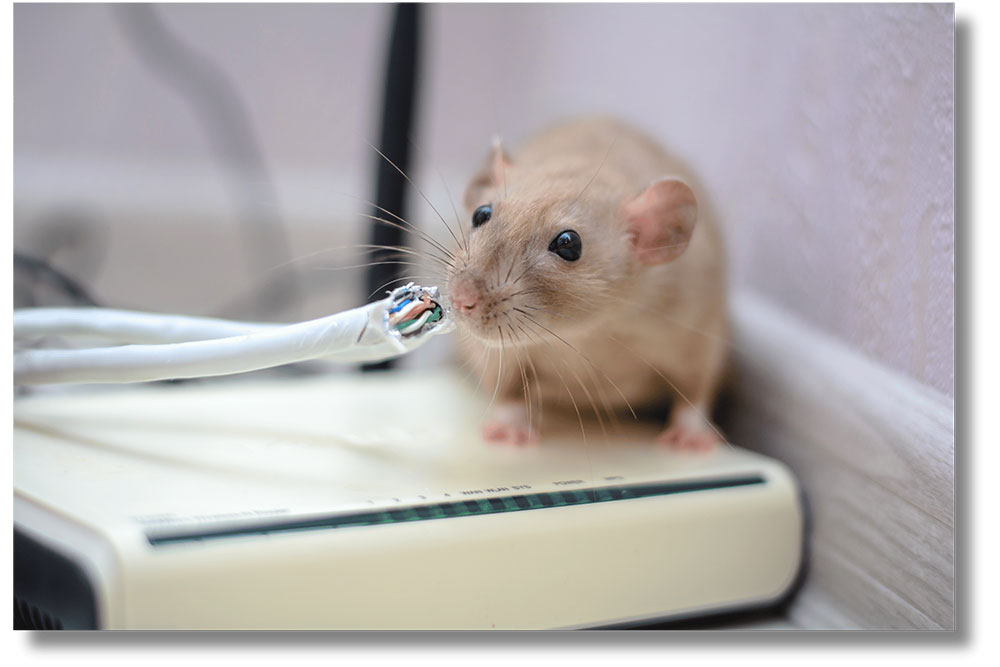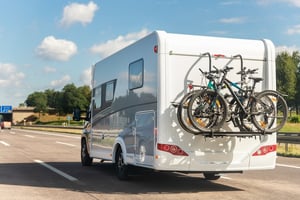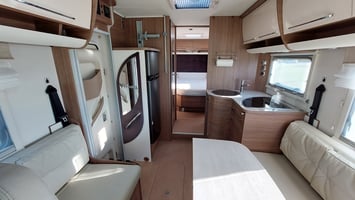Are you heading to Europe in your motorhome and thinking of bringing your car along for the ride?
Travelling in your motorhome and living in it as much as possible is the ideal for many people. However, as we know, life on the road can also come with its own set of challenges, and one of the peskiest of those challenges can be the invasion of mice. If left unattended to, these furry intruders can wreak havoc on your motorhome, causing damage to the wiring loom, insulation and soft furnishings, and leaving behind seriously unsanitary conditions. Fear not, for with the right strategies, you can effectively deter and get rid of mice in your motorhome, ensuring a rodent-free living space on the road. Read on to find out more!
Prevention is key
For many of us, the first we know that we’ve got a mice infestation is the presence of droppings and perhaps a few holes in our favourite cushions. Yet for others, they find they have a funny smell emanating from an unknown location. Did you know that mice follow the scent of the urine of other mice in order to find food and a suitable home? Getting rid of any previous scenting is paramount, so if you start to get a whiff of anything that smells like ammonia, then it’s time to get the bleach out. Cleaning the outside of your motorhome regularly, including as much of the chassis as you can get to, is a good idea to help remove any chance of an infestation.
Sealing up any potential entry points is vital. Even if you’ve never had a mice problem, it’s prudent to conduct a thorough inspection of your motorhome and seal up any gaps or openings where rodents could potentially enter, paying attention to areas around pipes, vents, and utility connections. Keep windows and roof vents closed when you are out of your motorhome. Don’t be tempted to use expanding foam to block any gaps - we’ve heard that mice eat through that as if it’s a delicacy! Wire scourers seem to work quite well, as mice don’t tend to try chewing through metal.
Be sure to store all food properly, by keeping food items in airtight containers to deny any mice a readily-available food source. This also includes pet food, so store that up high if you can, and pick up any leftovers that remain in feed bowls promptly.
If ever there was a good reason for a declutter, this is it. Minimise carrying on board any extras (or rubbish) inside your motorhome that you don’t really need, as mice are attracted to a multitude of nesting materials such as paper, fabric, and cardboard.
Finally, look at where you park up. Parking on hard standing is vastly preferable to grass, and do try to stay away from wooded areas whenever possible. Some campsites will have a vermin control policy in place, but anything you can do to prevent these unwanted visitors entering your motorhome is a bonus.
Use some deterrents and traps
There are some natural repellents you can use. These include peppermint oil, cedar chips and cloves, as they are known to repel mice. Place these around your motorhome to discourage them from entering, either in bowls or in linen bags.
There are ultrasonic repellent devices on the market, so you could consider using one of these that emits high-frequency sound waves to deter mice without harming any humans or pets in the vicinity.
Interestingly, mothballs also work as a deterrent to mice. Placing mothballs in strategic locations like the motorhome corners and near any potential openings can help deter persistent mice, but do be cautious as they can be toxic to pets and humans if ingested so keep them out of the kitchen and out of the way of children and animals.
There are obviously numerous types of traps that you can use. For an instant kill, you can use a snap trap, setting them in areas where mice are likely to travel, such as along the walls or near the doors, and also outside by the wheels. Be sure to check and empty traps regularly, and keep animals and children away from them. If you prefer a more humane approach, use live traps to catch mice and release them far away from your motorhome. And when we say far away, we mean miles away - they will find themselves a way back as much as they can! Check any traps daily, as a decaying mouse can attract other mice, or indeed rats.
Be very careful if putting down poison, especially if you have children and animals on board, and be aware that if the animal dies onboard, you might not be able to locate it very easily (although the smell might help with that, ultimately! Yuck…)
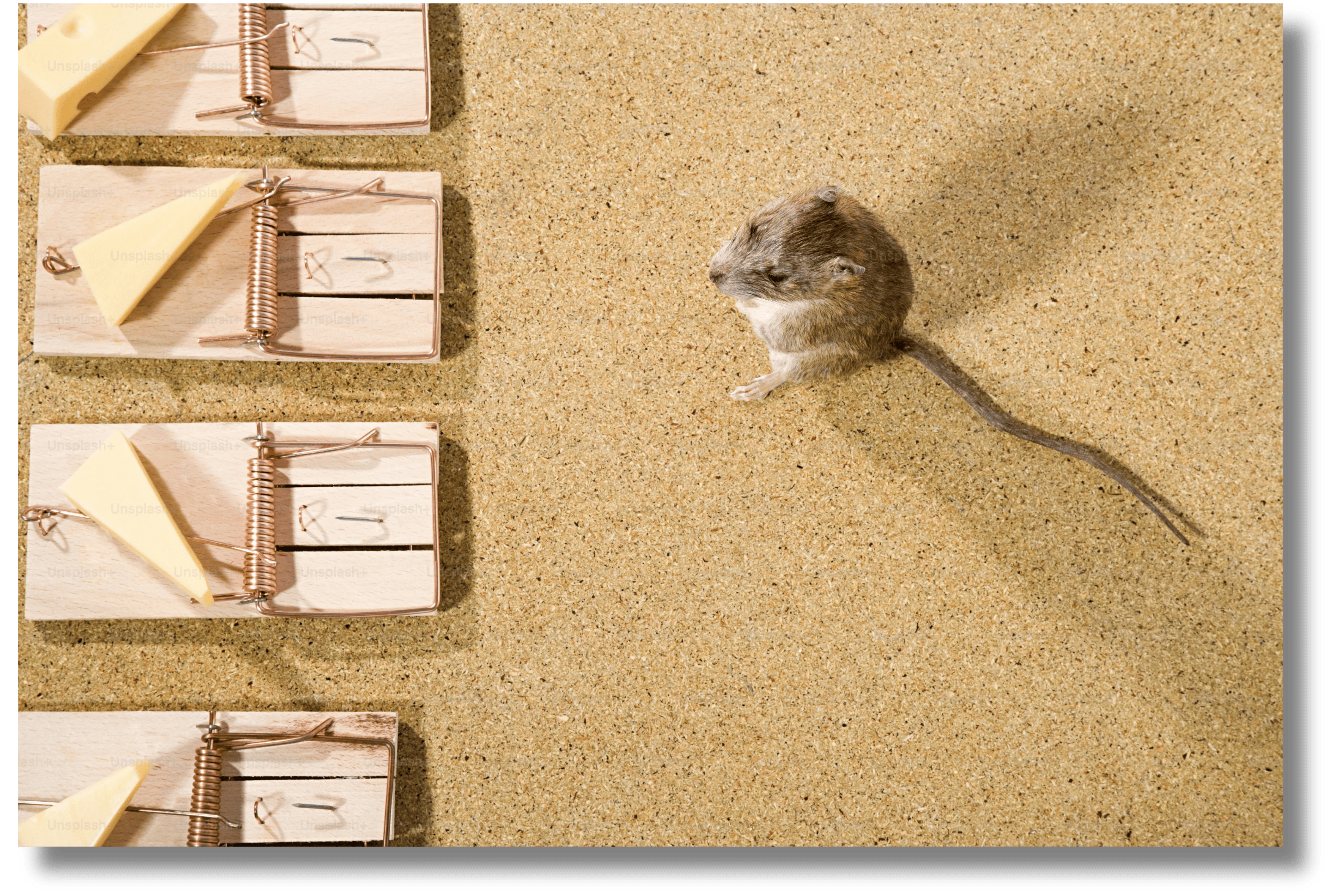
Maintain a clean motorhome
It goes without saying that regular cleaning is a must. Keep your motorhome tidy and free of crumbs or any food debris that might attract mice. This includes the fridge, too, especially when not in regular use or switched off. Use disinfectants to clean areas where mice have been present to eliminate their scent trails, deterring future infestations. Use a vacuum cleaner regularly, as vacuuming floors, upholstery, and storage areas helps remove potential nesting materials and food crumbs.
Whenever possible, don’t store food in your motorhome for long periods of time, and regularly take the bins out. Keep a good eye on your cushions, blankets and bedding, and check for holes - as we said, the fillings can make for lovely nest material.
Seek help when you need it
If your efforts to manage mice in your motorhome prove unsuccessful, consider hiring a professional pest control service specialising in rodent removal. They can conduct a thorough inspection, identify any possible entry points, and implement targeted solutions to eliminate the infestation.
While dealing with mice in your motorhome can be a nuisance, it’s not an insurmountable challenge. By implementing preventive measures, using deterrents, employing traps, maintaining cleanliness and seeking professional assistance when needed, you can effectively manage and get rid of mice in your motorhome. Remember, a proactive approach is key to keeping these unwelcome guests at bay, so that you can enjoy your adventures on the road to the fullest.


